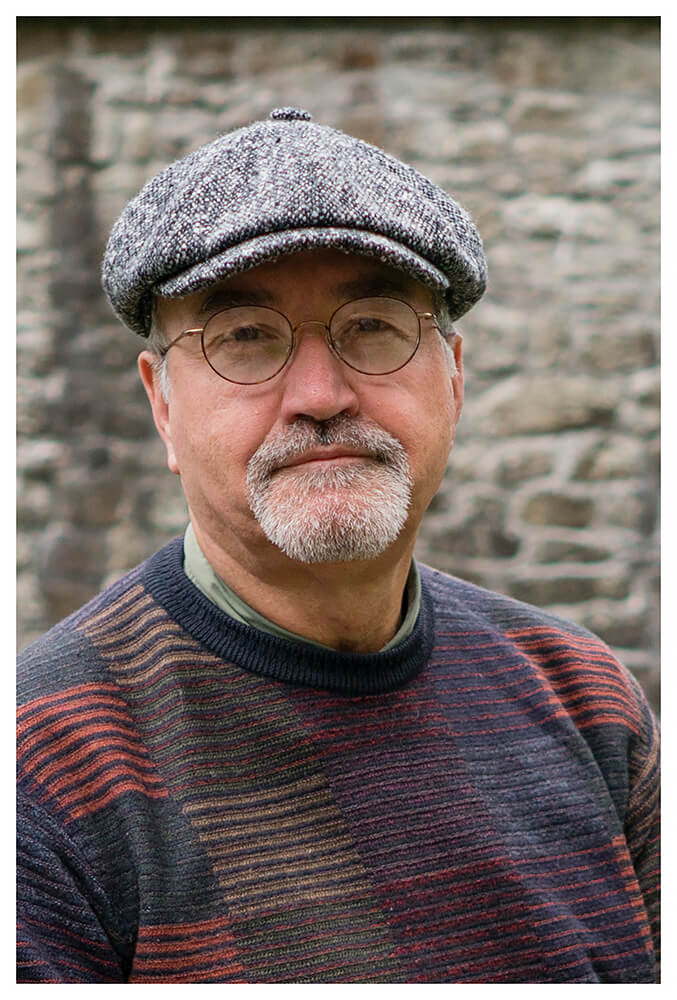Bob began photographing on a regular basis after retiring as a physician. His images document the challenges and culture within marginalized communities, which are often similar to the underprivileged patients he enjoyed serving. After retirement, photography came to occupy much of this time. Initially his forays were associated with photo trips or workshops.
When he first saw images of the Irish Travellers in 2015, he became intrigued. Photographing their culture and lives became his first long-term project. In the last five years, he has returned to visit the Travellers thirteen times, averaging 2-3 visits per year. To date he has visited 30 sites. Returning on multiple occasions has provided an opportunity to take a deep dive into their history and traditions.
Statement
The Irish Travellers is a long-term photographic project that began in 2016. Often referred to as Pavees, they number about 40,000 in Ireland and are ethnically separate from Romani/Gypsies.
No longer nomadic, they now live in extended family roadside camps or halting sites. They are predominantly Irish Roman Catholic, endogamous, and traditional marriages are the norm. The women spend their time with their families, sometimes raising as many as 16 – 18 children. Girls are taught to act and dress provocatively as toddlers.
It is exceedingly difficult for Traveller men to find jobs. The unemployment rate is 84%. Most live on a dole from the Irish Government. With time on their hands, horses and dogs play a major role in their lives.
They face discrimination and racism because of their differences from the Settled Irish. Despite this, they are a remarkably resilient group who highly prize their culture, traditions and family life. This series focuses on Traveller children.
